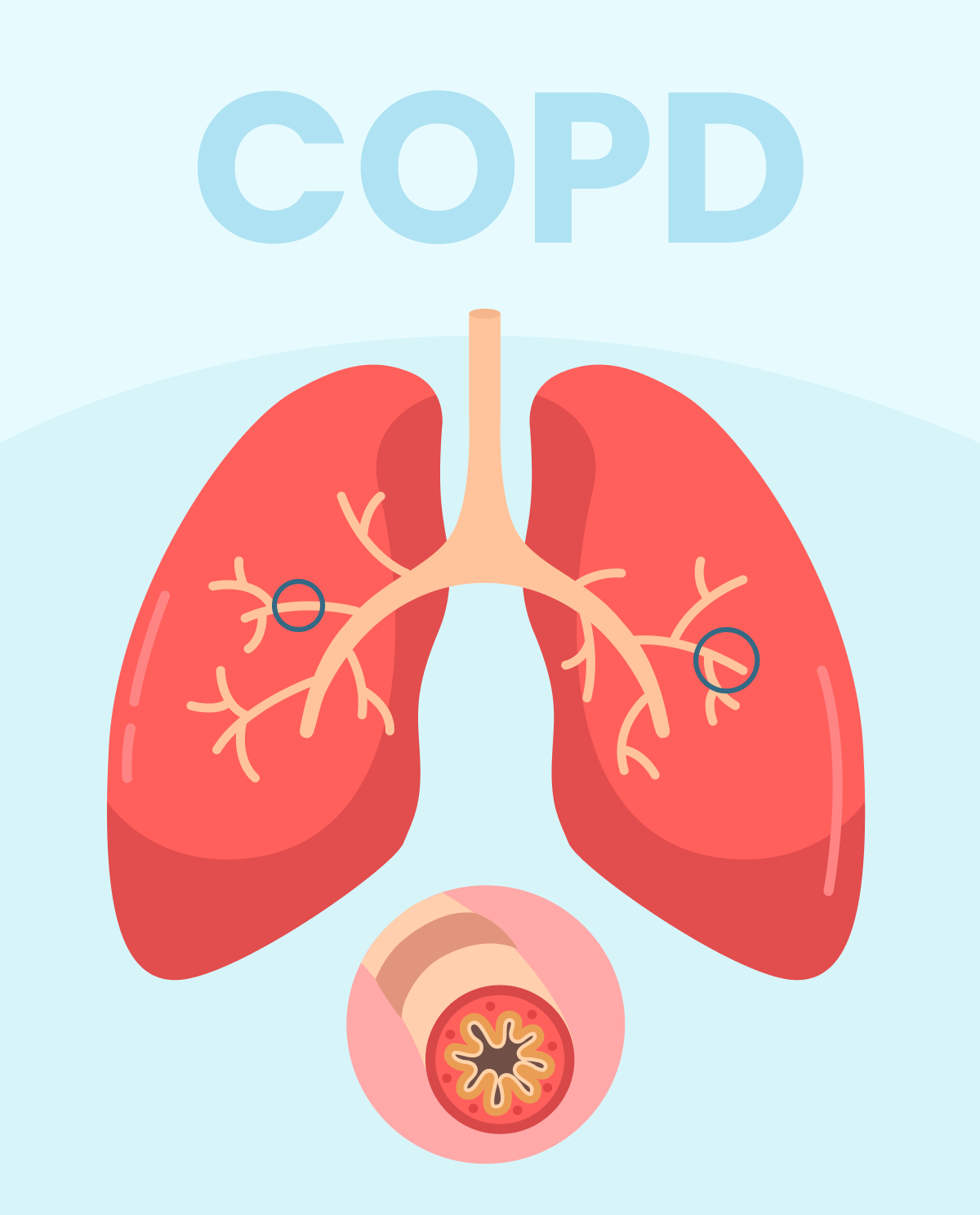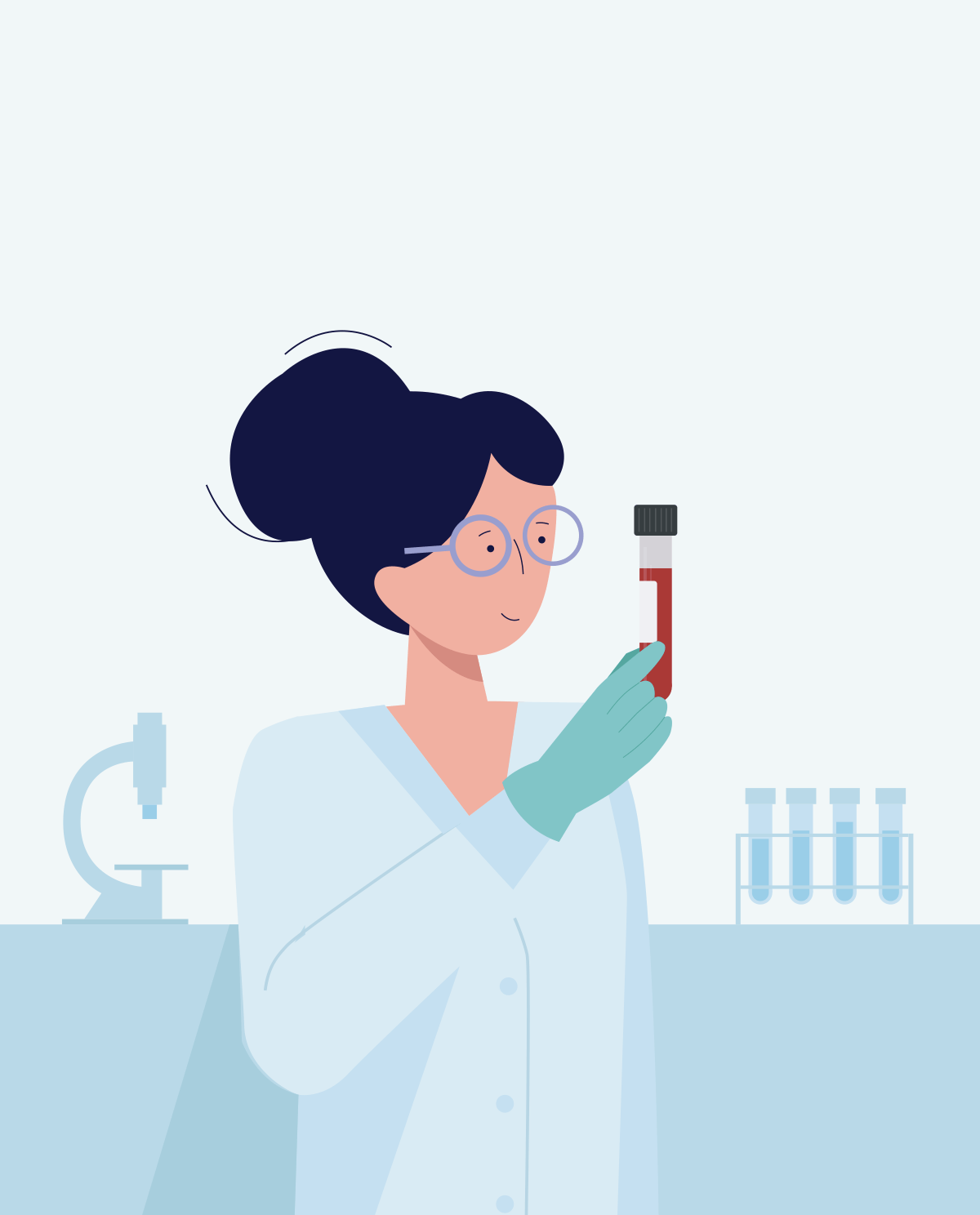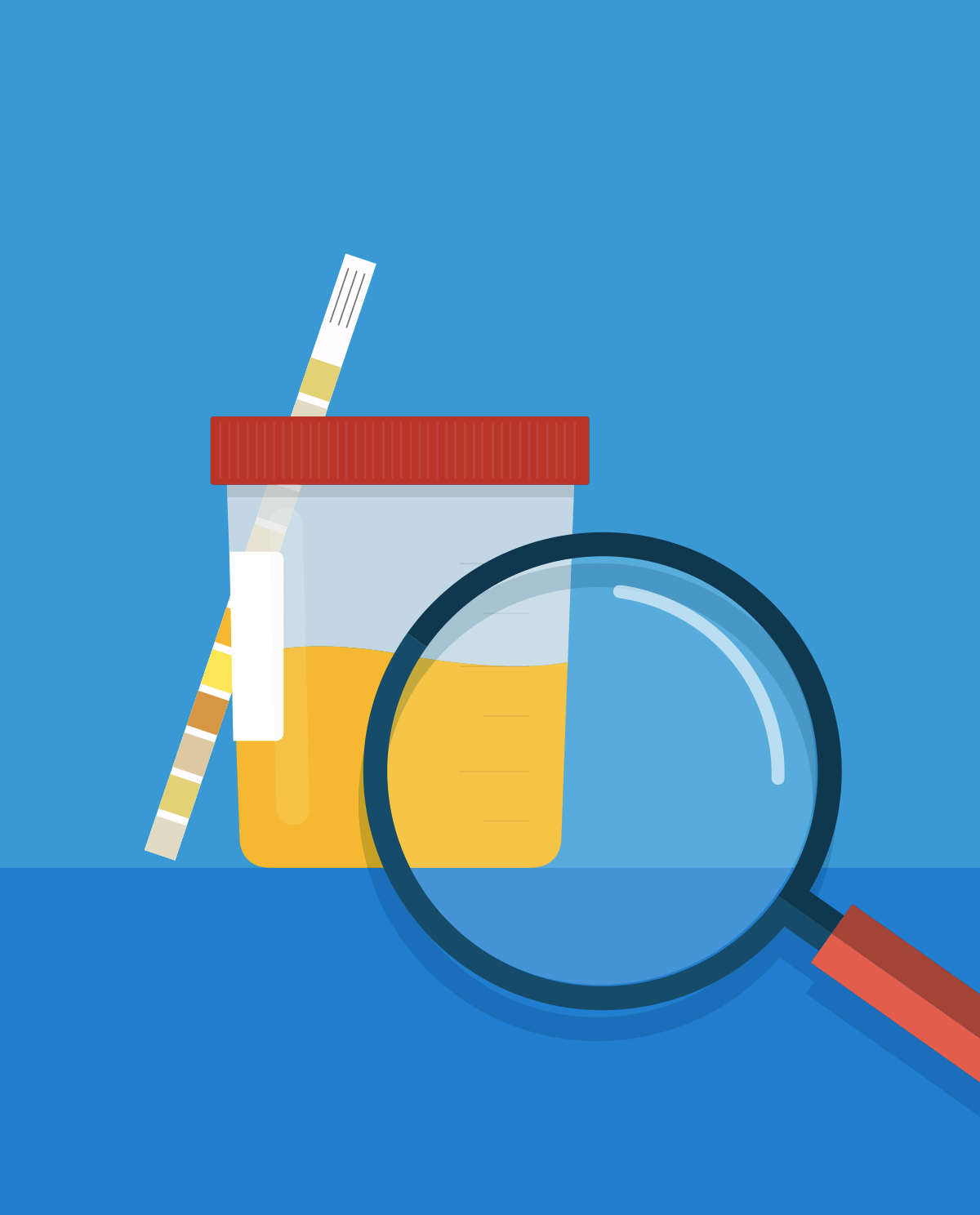Symptoms associated with COPD
- Troubled inhalation,
- Shortness of breath, especially during activity,
- Wet cough (phlegm present),
- Wheezing.
Risk factors of COPD
- History of asthma,
- Genetic factors (alpha-1-antitrypsin deficiency),
- Exposure to tobacco (the longer you smoke or are exposed to tobacco smoke, the higher the risk to develop COPD),
- Exposure to dust/chemicals/fumes.
Complications associated with COPD
- COPD increases the risk of infections/pneumonia,
- Pulmonary hypertension,
- Increased risk of cardiac disease,
- General poor health status,
- Exercise intolerance,
- Anxiety,
- Depression.
Prevention of COPD
Unlike most diseases, the causes/risk factors leading to the development of COPD are clear. Here are some ways to protect yourself and prevent the worsening of symptoms:
- Quit smoking,
- Wear protective gear if you are exposed to dust/fumes/chemicals at your workplace,
- It is recommended that patients should receive their annual flu shots and meet regularly with their primary healthcare physician to get booster shots against pneumonia-causing bacteria (Streptococcus pneumonia).
Diagnostic methods of COPD
First and foremost, the primary healthcare physician will take a complete patient history (symptoms, family history, cigarette smoking, exposure to irritants, etc.) in order to have as much information because COPD is commonly misdiagnosed until it's at an advanced stage. Second, the physician will request PFTs (pulmonary function tests), chest X-rays, and blood tests (testing for alpha-1-antitrypsin deficiency).
Treatments
- Short-acting bronchodilators (i.e., Albuterol),
- Long-acting bronchodilators (i.e., Salmeterol),
- Inhaled corticosteroids (i.e., Budesonide),
- Antibiotics in the case of infection,
- Phosphodiesterase-4-inhibitors (i.e., roflumilast),
- Oxygen therapy and lung rehabilitation/exercises.








